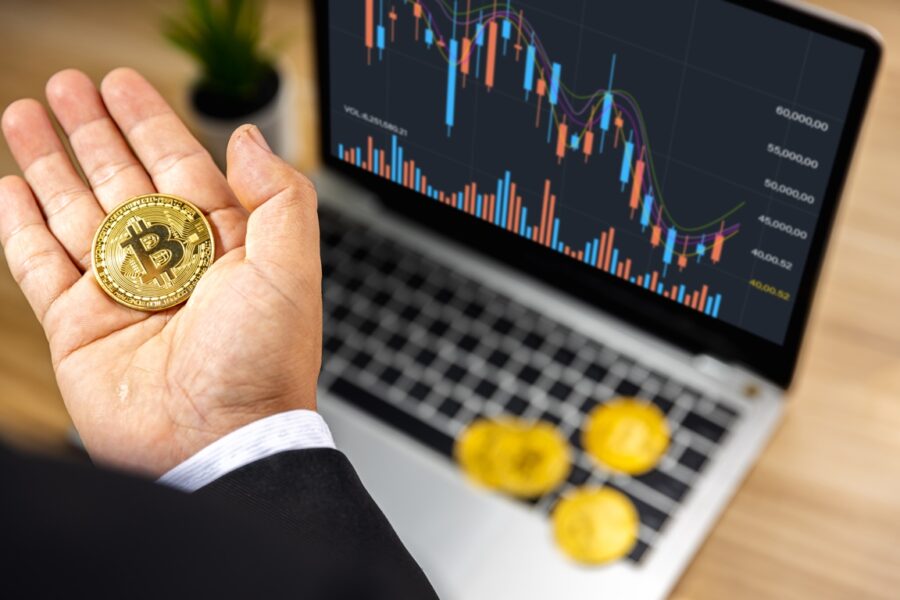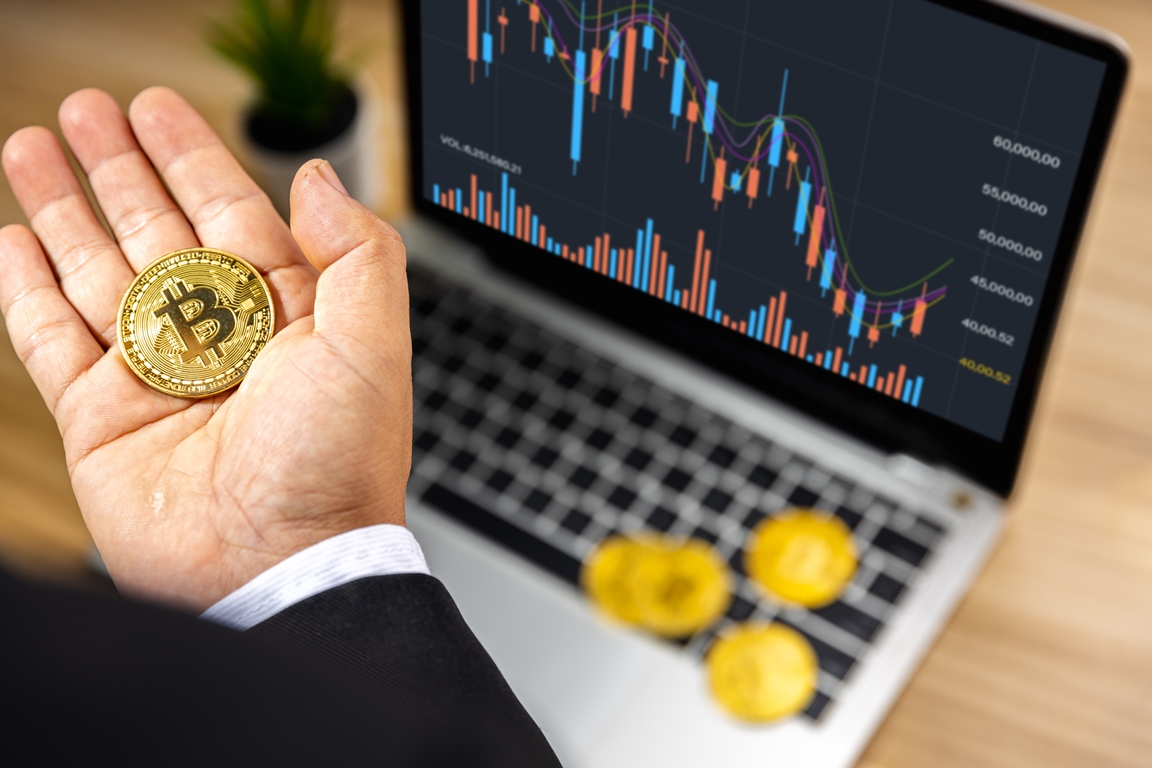
What the Future of Cryptocurrency Looks Like
The cryptocurrency markets have been very lucrative for the right traders, those who are willing to ride all of the volatility that comes with the market. The cryptocurrency markets have been going through a massive change over the last several years, as they have been maturing. From the early days of Bitcoin trading, we have […]

The cryptocurrency markets have been very lucrative for the right traders, those who are willing to ride all of the volatility that comes with the market. The cryptocurrency markets have been going through a massive change over the last several years, as they have been maturing. From the early days of Bitcoin trading, we have seen thousands of coins I enter the marketplace to offer diversification in ways we never anticipated.
With the mature market, comes massive change, and therefore it makes a certain amount of sense that the future will look quite a bit different. As institutional money continues to flow into cryptocurrency, the rules have changed, and that does suggest that crypto will start to act like other instruments on Wall Street, and as a result, you need to understand how some rules might be going forward.
Crypto markets become a “market of cryptocurrencies.”
Initially, crypto markets were mainly driven by just Bitcoin and to a lesser extent Ethereum. Having said that, as institutional money has flown into the markets, it is worth noting that the reach of institutions into the market has deepened over the last couple of years. For example, there has been a lot of institutional money interested in Polygon, Solana, and several others.
On the far end of the spectrum, we have seen so-called “meme coins” attract a lot of attention as well. This is typically done by retail investors, who will trade a coin that has no real functional use. A classic example of this would be Shiba Inu, which skyrocketed based upon a community of traders that got involved on the Internet.
In many ways, the cryptocurrency markets are starting to mimic the stock markets. In early 2022, there was a -90% correlation between the VIX, which is a measurement of volatility in the S&P 500 index, and Bitcoin. In other words, they were almost complete opposites. If volatility went up in the stock markets, Bitcoin fell as a result. The exact opposite has been true as well.
The more risk appetite that there is out there, the further out on this spectrum that institutional money will be willing to go. This is very similar to the stock market in the sense that instead of buying something like the S&P 500 ETF, the trader might look towards smaller technology companies to gain more alpha in the market.
Some rules still apply
One of the biggest things that traders will have to look for is whether or not there is a real use for the crypto network that you are betting on. We are in the early days of crypto adoption, and therefore we need to understand that this is going to be a lot like technology stocks in the 1990s, some will become behemoths, while others will simply disappear into history.
With this in mind, diversification will be a huge benefit for traders who are willing to practice it. Yes, there will be the occasional implosion of a crypto project from time to time, but if you tend to pour more of your trading capital into the stable markets, you can put a small portion to some of the more volatile markets.
Leverage is something that probably will become regulated before it is all said and done, right along with other aspects of cryptocurrency. The market will continue to see a lot of changes due to its success. As so much money has flown into the markets, regulators globally will continue to clamp down on some of the aspects of crypto trading. We have seen this happen before in multiple other markets, most recently in the currency trading markets as retail traders became a huge portion of it.
Further regulation is going to be good for the industry because it will help protect consumers in a market that is extraordinarily volatile. However, as time goes on the volatility and risk to trading crypto should subside, as it becomes just another asset class.
